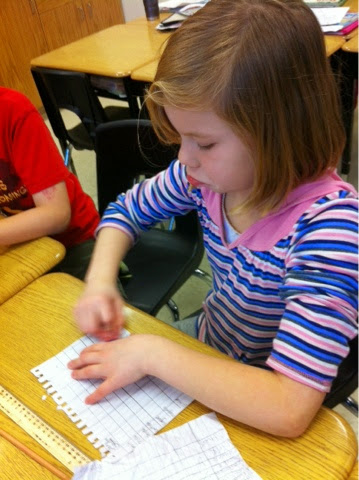Thursday, 29 January 2015
Force Experiments
Force Terminology
Here are the terms students will need to know in order to describe different forces in our new science unit. Please review these with your child and have them test different items at home to see which force applies. I suggest having your child go around your home using compression on various items (squeezing them) while saying the word "compression" at the same time to help them remember the term. Then, the next night, try another term and have them experiment while saying that term. It can be fun to say it in. The same silly way over and over and then use a different silly way for the next term as well. Have fun!
Wednesday, 28 January 2015
Homework for Jan 28th
Tonight students are to finish up the graphing work we were working on today. It is on page 168 in the textbook, number 2 and 3.
Tuesday, 27 January 2015
Tests signed
Both the math test and science test have been returned to students and should come back signed so that I may see that you are aware of how they did on them.
Friday, 23 January 2015
Snowman Art
The student in 5S were working on creating snowman art using shadow and shade to create depth. There were some great techniques with amazing results!
Thursday, 22 January 2015
January 22 Homework
Students are to complete #2-4 on page 162. This is about the mean and mode of selected pieces if data. The lesson itself (page 160-161) explains these two terms and how to calculate them. Students should get comfortable using these terms as well as Range (from lesson 1 in the text).
Monday, 19 January 2015
Cereal and snack boxes
Students have been working on their cereal and snack boxes. They have to make them appealing to kids, but still make it a healthy snack.
Wednesday, 14 January 2015
Body diagrams for test
These are the 2 body system diagrams they will need to know for the test. Students should have these copied into their notes.
Tuesday, 13 January 2015
Science test
The science test on Thursday will be about the three body systems we have learned about so far.
Students will be asked to identify the major parts of the digestive system (mouth, esophagus, stomach, small intestine, large intestine or colon, rectum, and anus), respiratory system (nose, mouth, trachea, lungs, bronchi, bronchioles, alveoli) and circulatory system (heart, blood, blood vessels) on a diagram.
Students will also need to be able to tell what the parts of the systems do and how these systems are interrelated. Students have been taking notes on these systems and we are currently working on the circulatory system. The notes have been included on this blog as we complete them. Please review these with your child to ensure they can complete the test to the best of their abilities.
Monday, 12 January 2015
Math test Thursday
The math test on Thursday will be on geometric shapes. Students will need to be able to:
-identify and sort polygons based on their attributes
-measure the sides of shapes with a ruler and the angles with protractors
-construct angles using a protractor
-identify the 4 types of angles we have learned (acute, right, obtuse, and straight)
-identify triangles based on their attributes (acute, right, obtuse when talking about angles, and isosceles, scalene, and equilateral when talking about side measurements).
-construct triangles based on the size of a given angle and side length.
-measure the perimeter of both regular and irregular polygons
-measure the area of both regular and irregular polygons
Thursday, 8 January 2015
Autobiography
The students have been working on autobiographies. They have been completing their rough drafts and some are now moving on to revising and writing their final copy. As I grade their work I will be looking for the following:
-An effective beginning: we have spent time discussing effective beginnings in different stories
-chronological order: they created a timeline of events in their lives to use for this
-each event is described in a paragragraph form, no paragraph should have more than one event
-revised for clarity: students should have reviewed their work to make sure that things are described clearly
-revised for spelling, punctuation, and grammar: students should be using dictionaries to assist
-revised to add interest: students should be adding details to their descriptions (using comparisons, similes, adjectives) to help their reader to better picture the situation or experience they are describing
Subscribe to:
Comments (Atom)















































